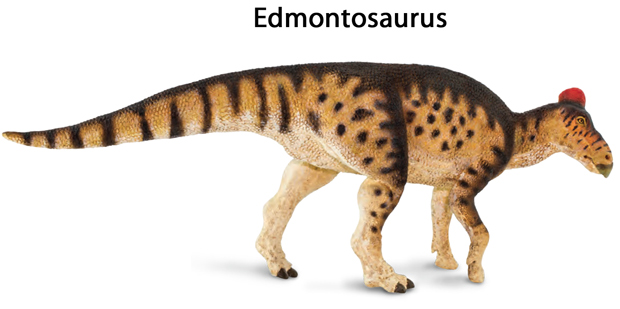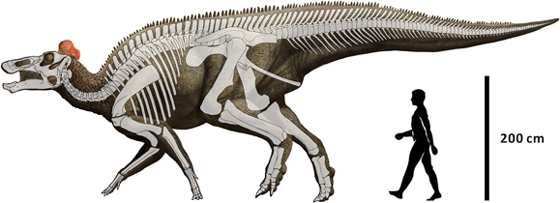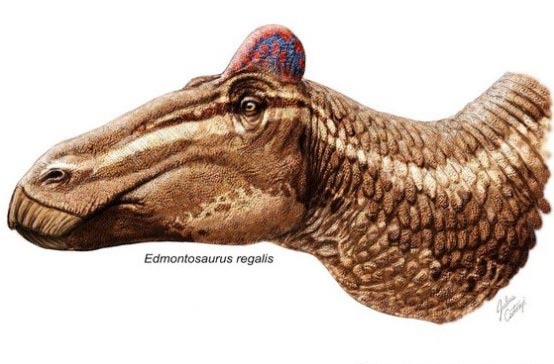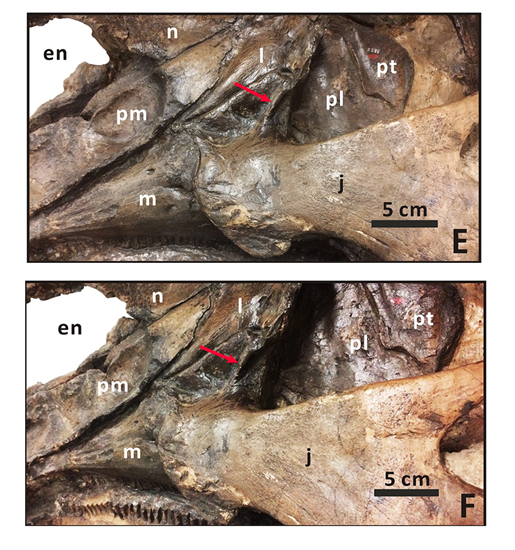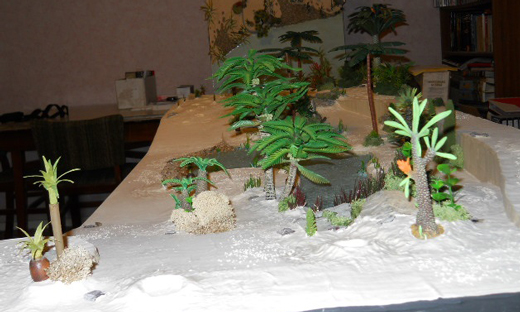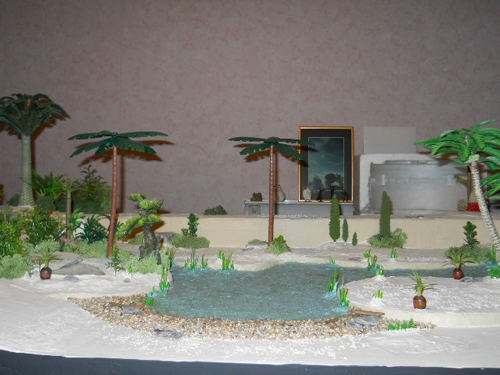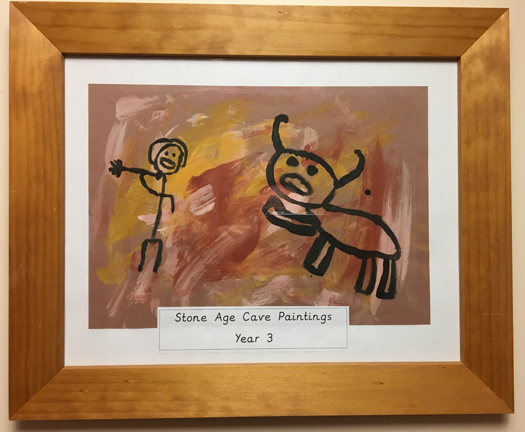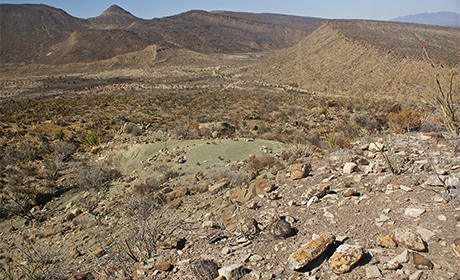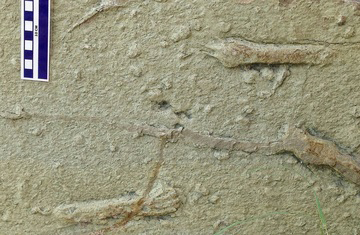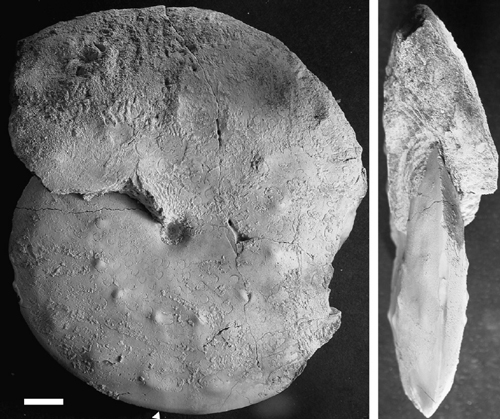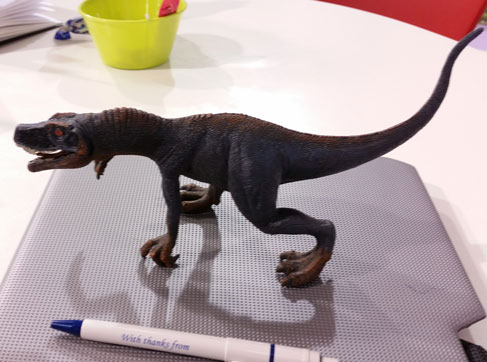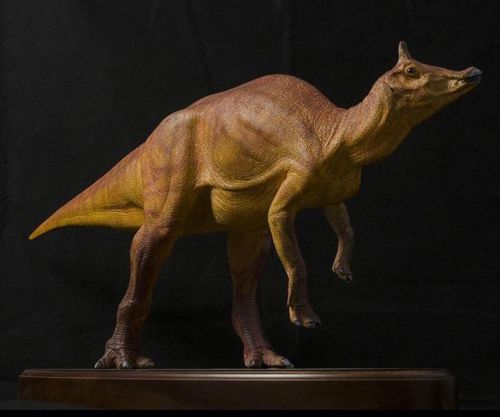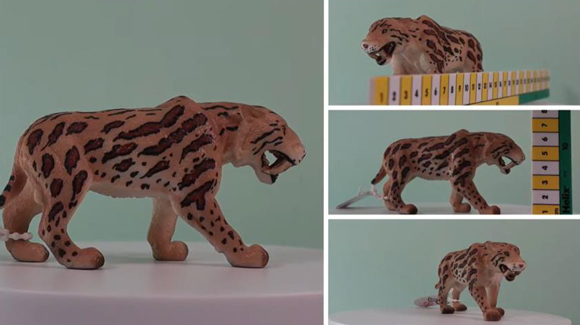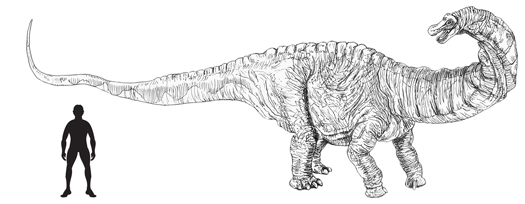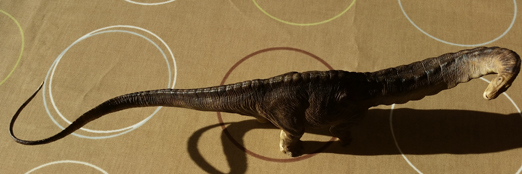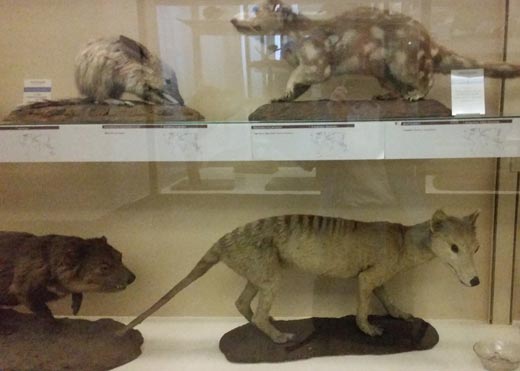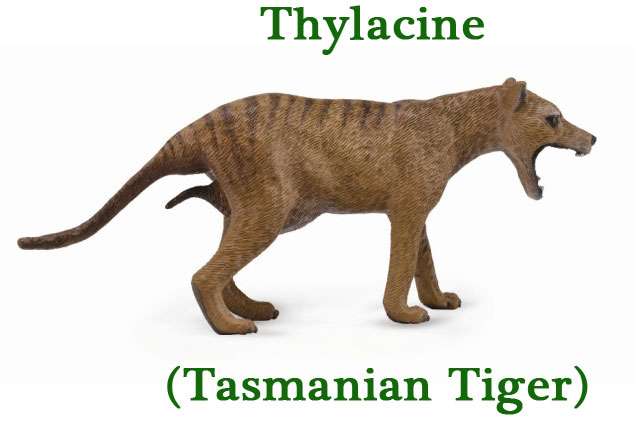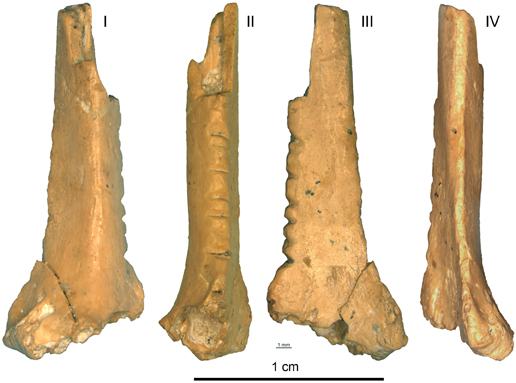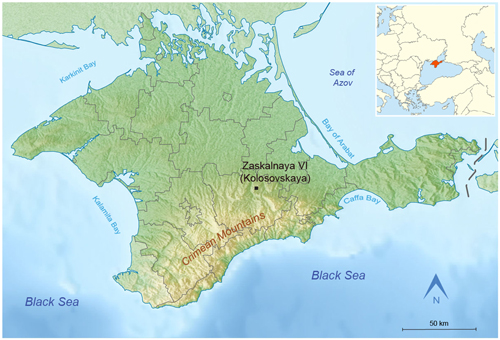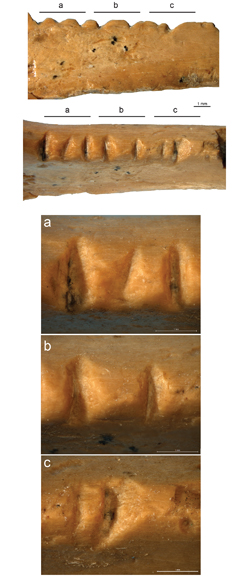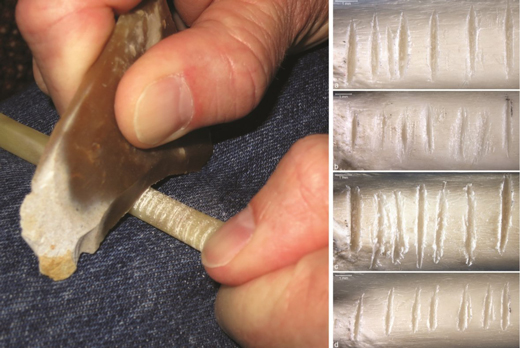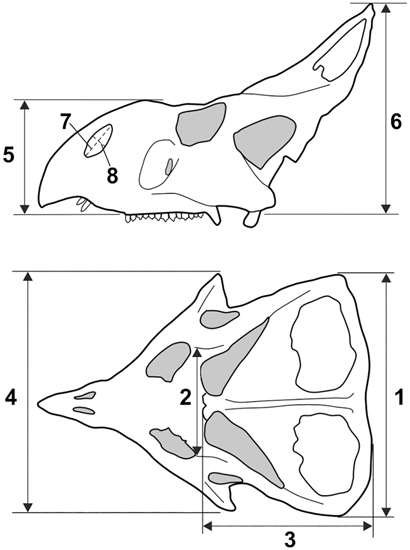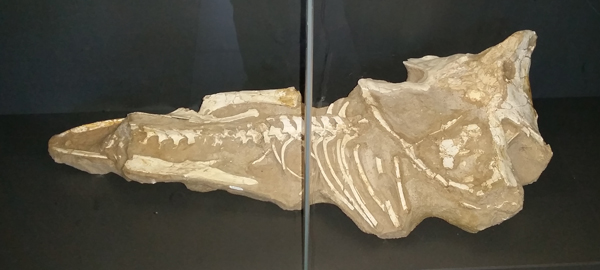Getting our Heads Around Beautiful Edmontosaurus Skulls
New Paper Published on Edmontosaurus
Scientists from the Canadian Museum of Nature in collaboration with colleagues from the Beijing Museum of Natural History have published a paper in the on-line academic journal PLOS One that provides a fresh analysis of the iconic North American dinosaur Edmontosaurus. The researchers effectively develop the ideas put forward when this duck-billed dinosaur was first described a hundred years ago and help to highlight the differences between the two species currently assigned to the Edmontosaurus genus. In addition, they cast doubt over the recently named and described Alaskan Hadrosaur Ugrunaaluk kuukpikensis (named and described in 2015), instead they suggest that these fossils belong to a species of Edmontosaurus.
The “Lizard from Edmonton” Named in 1917
Picture credit: Everything Dinosaur
For models and replicas of Edmontosaurus and other hadrosaurs: Wild Safari Prehistoric World Figures.
Cranial Anatomy of Edmontosaurus regalis
The scientists, which included Dr Jordan Mallon (Canadian Museum of Nature), who recently published a new paper casting doubt on how to tell female from male dinosaurs: No Visual Difference Between Boy Dinosaurs and Girl Dinosaurs looked again at the E. regalis holotype and the paratype material which come from the Horseshoe Canyon Formation (southern Alberta, Canada).
It was the pioneering Canadian palaeontologist Lawrence Lambe who first named and described Edmontosaurus back in 1917. The holotype (CMN 2288), the fossil specimen on which the original description of Edmontosaurus (E. regalis) is based, consists of an incomplete skull and partial skeleton.
The paratype (CMN 2289), the specimen that has proved to be most beneficial in the clarification Edmontosaurus as it shows features not seen on, or are more distinct that those found in the holotype, consists of an incomplete but partially articulated skull in addition to significant elements from the rest of the skeleton. The researchers were able to identify a number of unique anatomical characteristics that help to distinguish E. regalis from E. annectens.
A Scale Drawing of Edmontosaurus regalis
Picture credit: PLOS One
A “Soft, Fleshy Comb”
In the picture above, the scale drawing of Edmontosaurus is shown sporting a “soft, fleshy comb” on top of the skull. Recent research suggests that E. regalis did indeed have a comb, a bit like a giant rooster.
Picture credit: Julius Csotonyi
To read an article published in 2013 that suggests members of the Hadrosaurinae had soft-tissue crests: Duck-billed Dinosaur with a Comb Like a Rooster.
With a better understanding of the differences between the two species of Edmontosaurus, the team could then develop their ideas, applying them to related duck-billed dinosaurs such as the giant Shantungosaurus from the Late Cretaceous of China, enabling them to revise this part of the Hadrosaurinae family tree.
Edmontosaurus regalis Compared to Edmontosaurus annectens
Corresponding author for the paper, Dr Hai Xing has published previously, describing differences between Edmontosaurus and Shantungosaurus. Analysis of the skull bones of Edmontosaurus enabled Dr Xing and his colleagues to add a further three distinguishing characteristics to help tell the difference between E. regalis and E. annectens, (adult specimens). In addition, the researchers identified a unique feature of the jugal (a bone in the cheek area linking the maxilla to the eye-socket),
Views of the Holotype E. regalis Material
Picture credit: PLOS One
Key
- en =external naris
- n =nasal bone
- j = jugal bone
- pm = premaxilla (front of the top jaw)
- m = maxilla (part of the top jaw)
- p = palatine (bone related to the palate)
- pt = pterygoid bone
The red arrow (E and F), points to the sharp, posterodorsally tilted ridge of bone that pushes into the eye-socket area. This feature is unique to Edmontosaurus regalis.
Ugrunaaluk kuukpikensis – Nomen dubium
In 2015, a new type of flat-skulled hadrosaur was described (U. kuukpikensis), based mostly on fossils excavated from the Liscomb bonebed in the Price Creek Formation of northern Alaska. This new dinosaur, was thought to be quite closely related to Edmontosaurus, it was assigned to the Edmontosaurini tribe, but Xing et al argue that as the description was based on fossils of juveniles and as their study sheds new light on the anatomy of Edmontosaurus, Ugrunaaluk kuukpikensis may not be a valid genus. Instead, they suggest that the Liscomb bonebed material represents a northern occurrence of Edmontosaurus (E. regalis).
Whilst the team are quick to praise the meticulous approach of Mori, Druckenmiller and Erickson they suggest that given the relatively small size of the Ugrunaaluk fossils and the lack of overlap between these specimens and known Edmontosaurus fossils it is not credible to assert a new genus based on the evidence to date. U. kuukpikensis becomes a Nomen dubium (dubious name).
To read about the discovery of the Alaskan duck-billed dinosaur fossils: Duck-billed Dinosaur from Alaska.
Views of the Holotype Skull Material (CMN 2288)
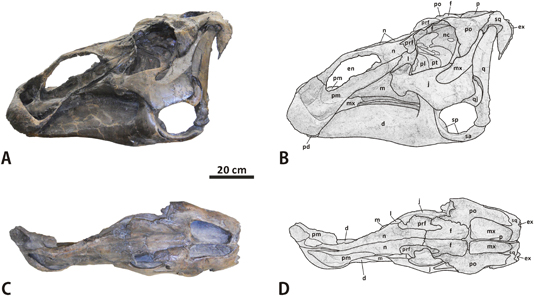
CMN 2288 the holotype skull fossil of E. regalis (left lateral view and dorsal view, with accompanying line drawings).
Picture credit: PLOS One
The scientific paper: “Supplementary Cranial Description of the Types of Edmontosaurus regalis (Ornithischia: Hadrosauridae), with Comments on the Phylogenetics and Biogeography of Hadrosaurinae” by Hai Xing, Jordan C. Mallon, Margaret L. Currie published in PLOS One.
Visit the Everything Dinosaur website: Everything Dinosaur.


